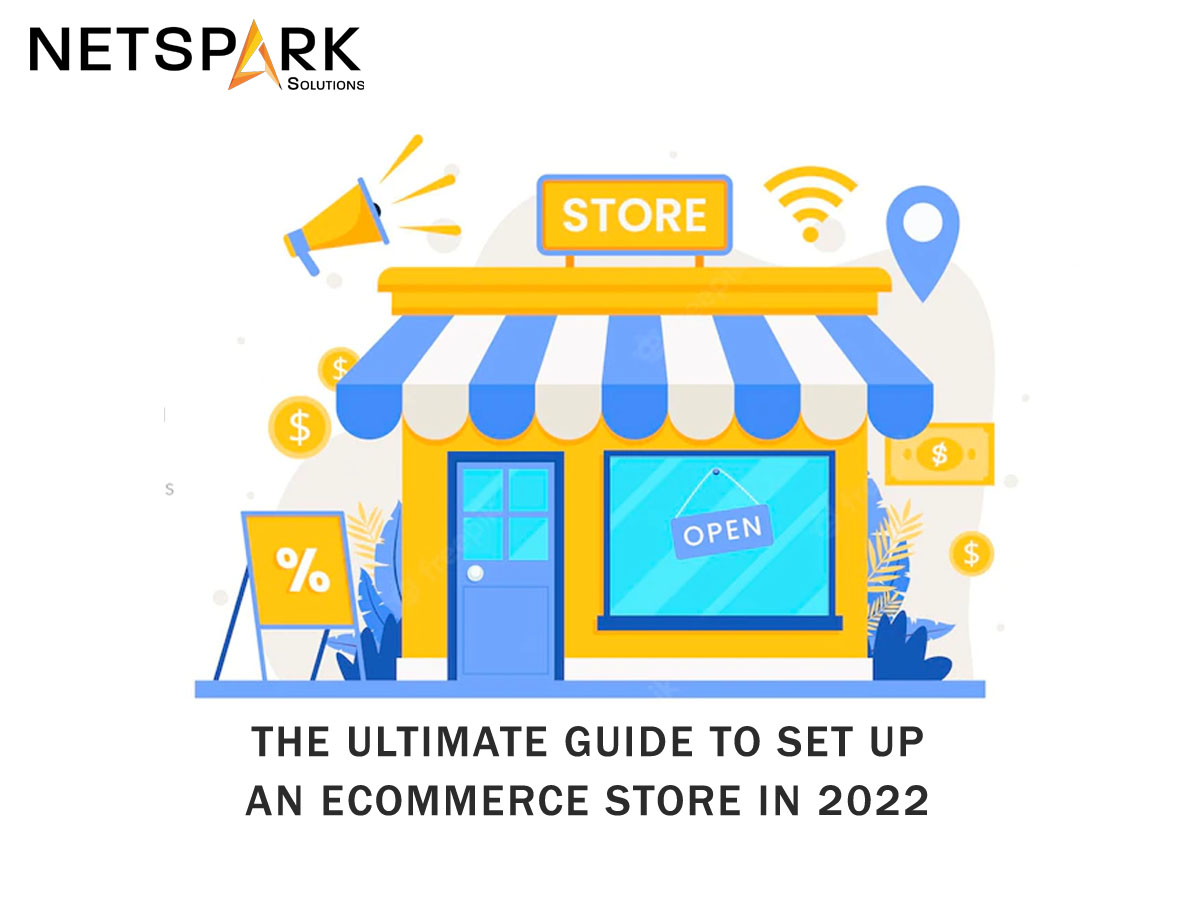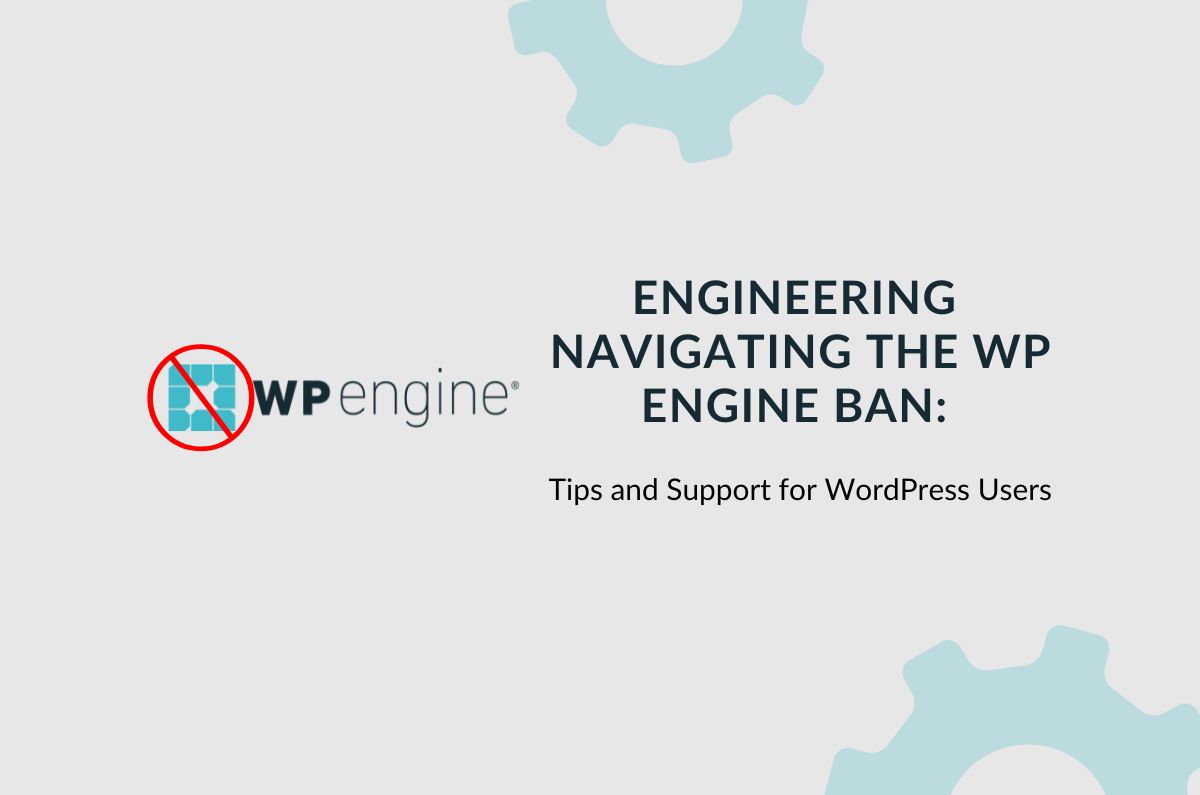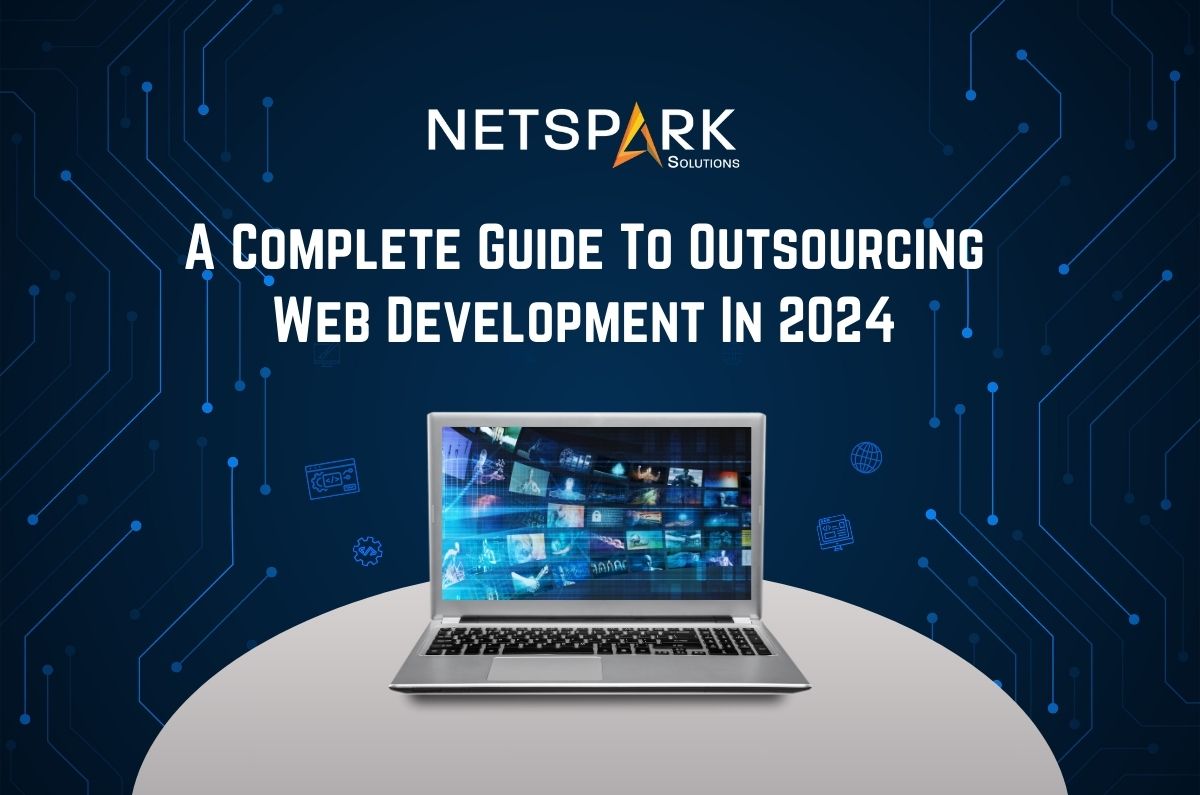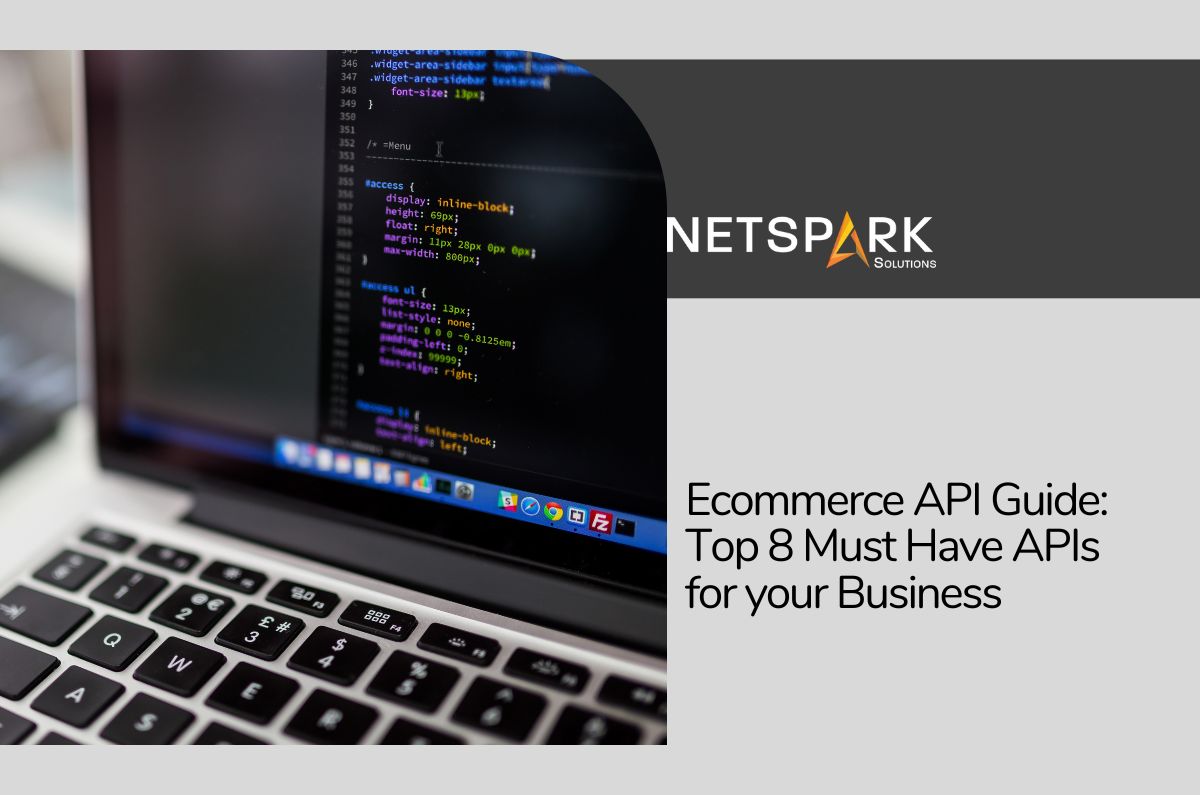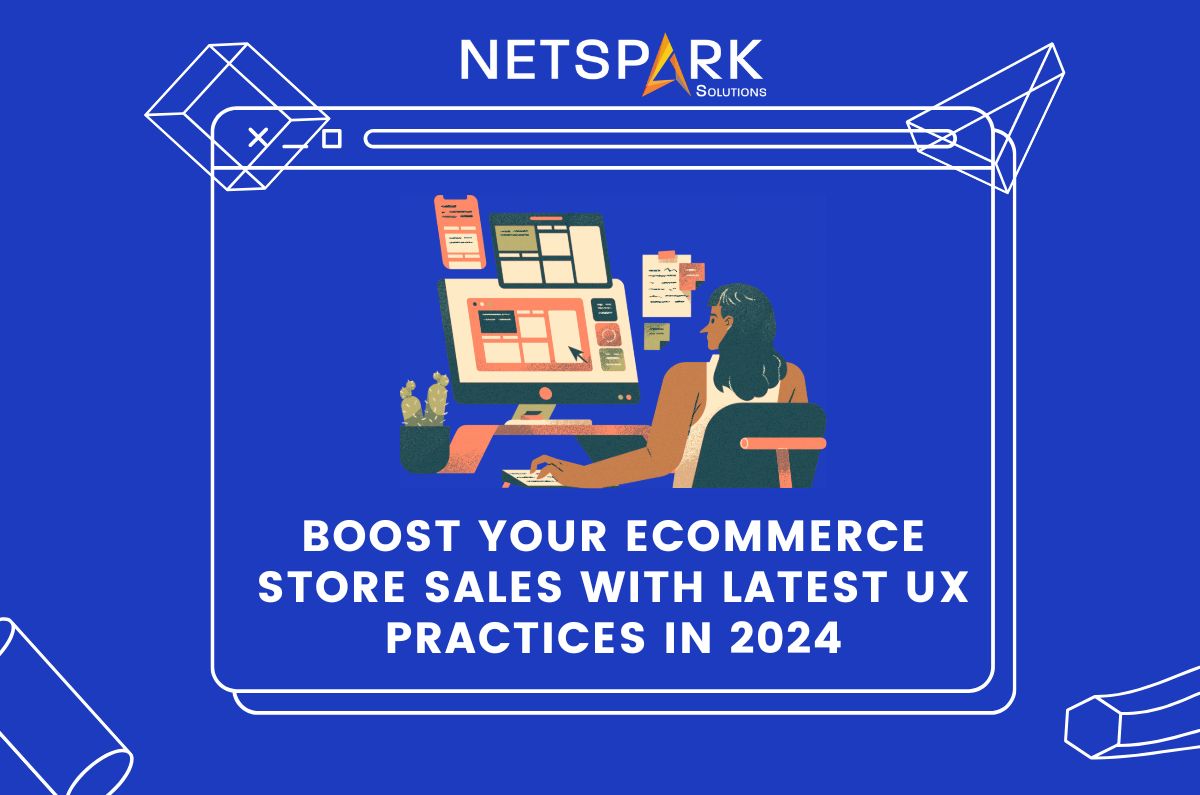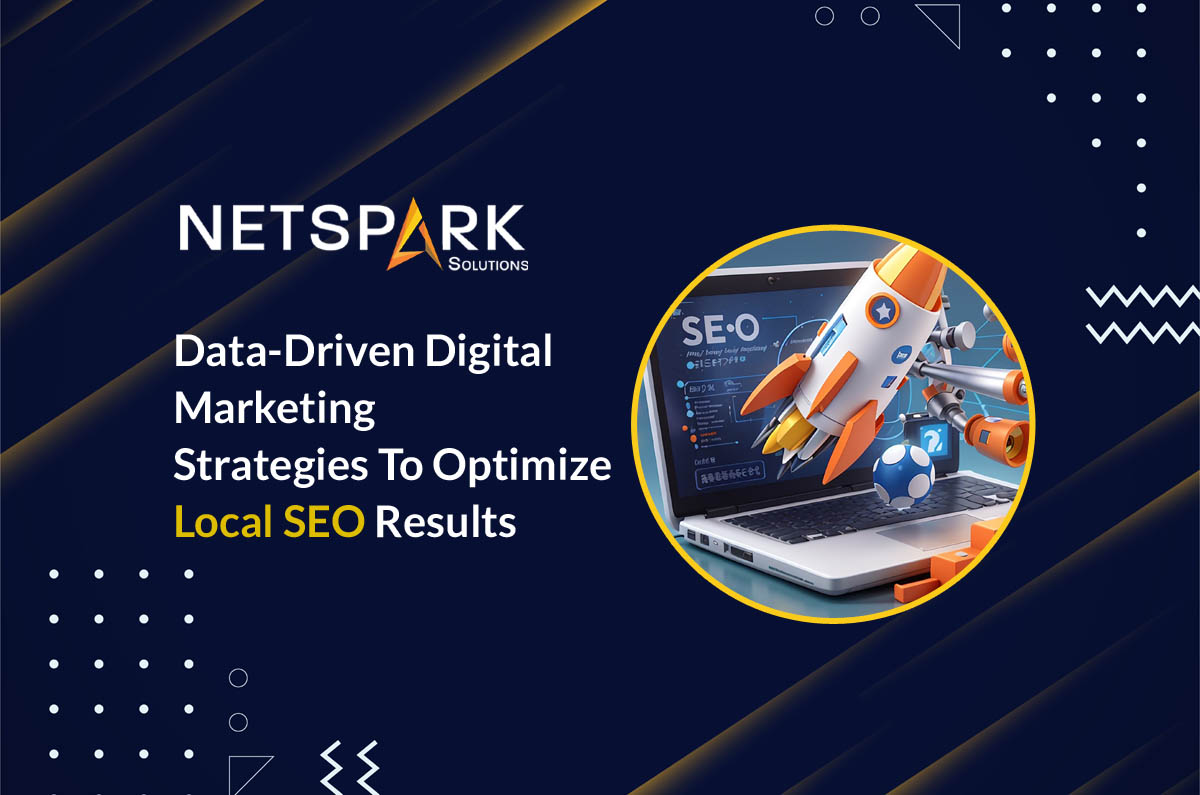The Ultimate Guide to Set Up an Ecommerce Store in 2022
Ecommerce businesses are booming. In the past two years, ecommerce businesses have witnessed a sudden surge in their revenue, thanks to the COVID-19 pandemic. According to recent studies, the global ecommerce revenue went up by $244.2 billion in 2021 – a 43% annual growth when compared to the previous year’s revenue.
Today, customers no longer prefer walking into a physical store for shopping. Instead, they choose to go online, search for the desired item, and place an order within a few clicks.
That’s the reason why it has become more crucial for merchants to set up their ecommerce store. It’ll not only increase their sales, but also help them establish a strong brand presence in this digital world.
But, setting up an ecommerce shop – the one that drives sales – is not an easy task. Since there are millions of online stores already ruling the market, new ecommerce ventures are required to build unique platforms that could engage the shoppers easily.
Of course, the best way to achieve this goal is to hire a dedicated ecommerce development company as they have expert developers who specialize in building online shops.
However, you can also use one of the ready-to-launch ecommerce platforms to start your online shop. Today, we have compiled a step-by-step guide to set up a new ecommerce store from scratch and make it engaging for your target shoppers.
So, if you’ve been planning to start an online shop, continue reading. This guide will help you evaluate unexpected pitfalls and plan for the journey ahead.
Start By Validating Your Idea
Unfortunately, not every ecommerce idea can lead to a sustainable business. Even if your startup idea sounds too good in your mind, it would be crucial to validate its long-term sustainability by conducting market research. Why? Because no one wants to start an online business that’s eventually going to fail. And, you might be surprised to know that nearly 80% of all ecommerce startups fail.
So, how can you conduct a market research to validate your idea? Well, it’s pretty simple! With two easy steps, you’ll be able to determine the longevity of your ecommerce startup idea.
- Competitor Analysis – Yes, having too many competitors is a nightmare for ecommerce businesses. But, it also gives entrepreneurs a sense of relief that they are venturing into a strong market with high product demand. So, use the Internet to look for your potential competitors and see how they’re performing in terms of sales, revenue, and customer retention.
- Use Google Trends – Google Trends is a great research tool that many ecommerce startups never use while conducting market research. Make sure to avoid this mistake, especially if you want to build a successful ecommerce brand. Google Trends will give a complete insight into whether a particular trend/product is here to stay or is nothing but a short-term fad.
While you’re validating your idea, you must also identify your business model. Ideally, ecommerce startups fall under one of the four different categories.
- Individual Ecommerce Stores
- Ecommerce Marketplaces
- B2B Ecommerce Stores
- Dropshipping Stores
Before you move towards the development process, make sure to identify which of these categories your brand will likely fall under. This will help you evaluate your potential customers and their shopping preferences more effectively.
Secure a Domain and Set Up Your Social Media Presence
If you are serious about starting an online business, you are most likely to have a brand name in mind.
So, go to one of the online domain registration platforms like GoDaddy or NameCheap and check if the domain name is available or not. Most of the time, you’ll have to try different domain names to find the one that suits your style and is available at the same time.
It’s also worth pointing out that you can get domain names directly from your ecommerce platform (we’ll come to it shortly). Ecommerce platforms like Shopify and Magento allow users to purchase the domain name so that they don’t have to go through much hassle while building their online store.
After you’ve successfully secured a domain name, the next step would be to get a hosting plan to host your website on a dedicated server.
Again, there are different ways to select a hosting plan. But, the majority of ecommerce entrepreneurs – who don’t have extensive development experience – prefer getting their website hosted on the ecommerce platform’s server they’re using to build the website.
In any case, choose a hosting plan that suits your website requirements and also fits your budget.
While you’re setting up your online presence, you should also create your social media handles as social media is the most effective marketing tool to build a strong brand presence. Make sure to use the same brand logo and description across all these platforms as it’ll help you establish a strong brand identity.
Choose an Ecommerce Platform
An ecommerce platform is an online tool that helps merchants set up and manage their online stores. As of today, there are dozens of available ecommerce platforms that you can use to build an ecommerce shop. Unfortunately, not all of them will suit your website requirements.
For instance, Shopify is a beginner-friendly ecommerce platform, but its customization options are a bit limited. On the other hand, Magento is an open-source ecommerce platform where developers have full liberty over the customization.
But, Magento has a steeper learning curve, which means a regular merchant might not be able to use Magento for ecommerce development.
So, pen down your website requirements and choose an ecommerce platform accordingly. You can also hire an outside consultant to make the right decision as these individuals have the required technical expertise to analyze a brand’s objectives and help merchants choose the most suitable ecommerce platform.
Ideally, here are a few features you must look for while choosing an ecommerce platform for your brand.
- In-Built SEO Compatibility
- Mobile-Friendliness
- Third-Party API Integrations
- Abandoned Cart Optimization
- Built-in Content Manage Systems
- Order and Inventory Management
- Reporting and Shopping Analytics
Pick a Theme for Your Online Store
After you’ve registered the domain name and picked an ecommerce platform, the next step would be to choose and customize the right theme for your online store. The majority of ecommerce platforms offer pre-designed theme templates that merchants can use to construct their online shops.
Usually, these templates are completely customizable, allowing merchants to tweak different on-page elements to make the website more engaging. So, choose one of these templates and customize it to match your digital identity.
There are a few golden rules you must remember while choosing a theme for your online shop:
- Make sure that the theme you choose is fully customizable as it’ll allow you to deliver a personalized shopping experience to your customers.
- Always choose a responsive theme for an ecommerce store. A responsive theme will automatically customize your website for mobile users and you’ll be able to drive sales from different platforms.
- While it’s important to build a visually engaging website, too many visual elements are most likely to ruin its loading speed. And, poor loading speed is the biggest reason why ecommerce stores encounter high cart abandonment rate. So, always choose a subtle theme that would not ruin the shopping experience for customers and help you drive higher sales.
List Your Products and Optimize the Product Pages
At this stage your ecommerce website is ready to sell. So, go ahead and start listing all the products along with fully-optimized product descriptions and pictures. Having worked on multiple ecommerce websites, we can definitely say that creating product pages is the most crucial step of ecommerce website development.
But still, many merchants don’t pay too much attention while designing these product pages. When you’re listing the products, make sure to add relevant descriptions so that it becomes easier for shoppers to understand their key features. You should also upload multiple product images as it’ll make the product pages visually appealing.
However, before publishing these pictures, make sure to compress their size so that they don’t put unnecessary load on your website’s loading speed. Furthermore, to make your product pages more interactive, you can also publish dedicated product explainer videos to showcase different features of an item more effectively.
Develop a Marketing Strategy
The marketing approach you follow will decide the future of your ecommerce startup. Poor marketing will restrict you from gaining the desired online exposure and put a permanent barrier on your sales. It’s worth pointing out that you should prepare both pre and post-deployment marketing strategies to reach your target customers at the right time.
Both these marketing plans should be devised to reach customers at different stages of the sales funnel. For instance, if you only use marketing to reach a top-of-the-funnel audience, you won’t be able to drive more conversions. Similarly, if you only target the bottom-of-the-funnel customers, it’ll become challenging to spread the desired brand awareness.
So, develop an ecommerce marketing plan that caters to different expectations of a wider audience. You can also leverage your social media handles to promote your products and services. Simply analyze your social media analytics and create content that could engage the shoppers easily.
Conclusion
Today, retailers have no other option but to set up an online store to drive sales from the digital landscape. People have become too busy to walk into a store and they prefer shopping from their phones/laptops. Of course, setting up an online store – especially when you want to sell thousands of products – can get pretty intimidating, but with the right approach, merchants can easily build an online shop that drives sales. But, if you don’t want to go through much hassle, it would be better to partner with an ecommerce development company and let professional developers build your online store from scratch.

